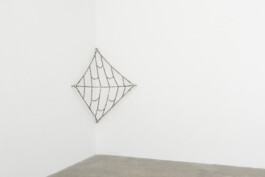
Installation view of P.P. at Ruttkowski;68, Cologne, GER, 2021
Mathias Weinfurter borrows the title of his series of works P.P. from an everyday symbol of Italian-speaking areas. The abbreviation P.P. (proprietà privata) can be found on curbs, monuments, walls, gates and facades. Although P.P. does not refer to the initials of one specific person, it emphatically designates the property claims of individuals. Because, written out, P.P. unmistakably indicates private property. Similar to a nameplate on the cover of a book or on the door of an apartment, the stamp-like marking of space depries it of its common, i.e. public use. The symbolic pinning of a plaque, the set up of a sign, or the sealing off of areas with bars and chains, are synonymous with categorically criminalizing warnings to the unauthorized use of places marked as private - despite the type of their use.
Markings in spatial surroundings are not singularly conveyed in written form: often they are in the form of design. The design could be just subtle gestures that only reveal the repressive character of their surroundings upon closer analysis. It should also be noted that the violence of P.P. style places often cannot merely be determined by their design. It should rather be sought in the discrepancy between the design of a publicly declared domain and a privately declared domain. The physical barriers or borders, can often be deceitful in their message. The barriers often appear hypocritically neutral, almost as if they had to keep their blockade function a secret.
Text by Naomi Rado
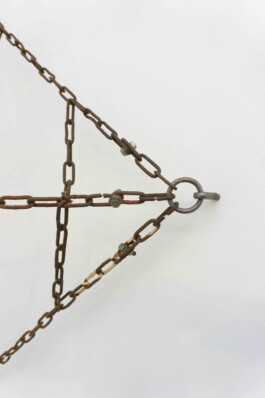
Detail view of P.P. at Ruttkowski;68, Cologne, GER, 2021
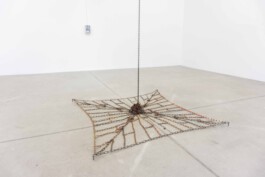
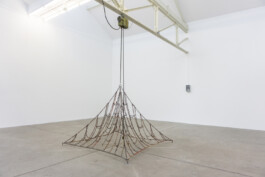
Installation views of P.P. at Ruttkowski;68, Cologne, GER, 2019
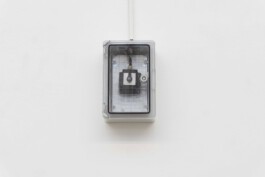
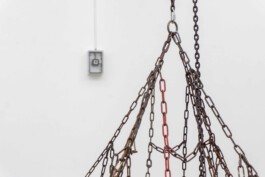
Detail views of P.P. at Ruttkowski;68, Cologne, GER, 2019

Installation view of P.P. at Galleri KiT, Trondheim, NOR, 2019
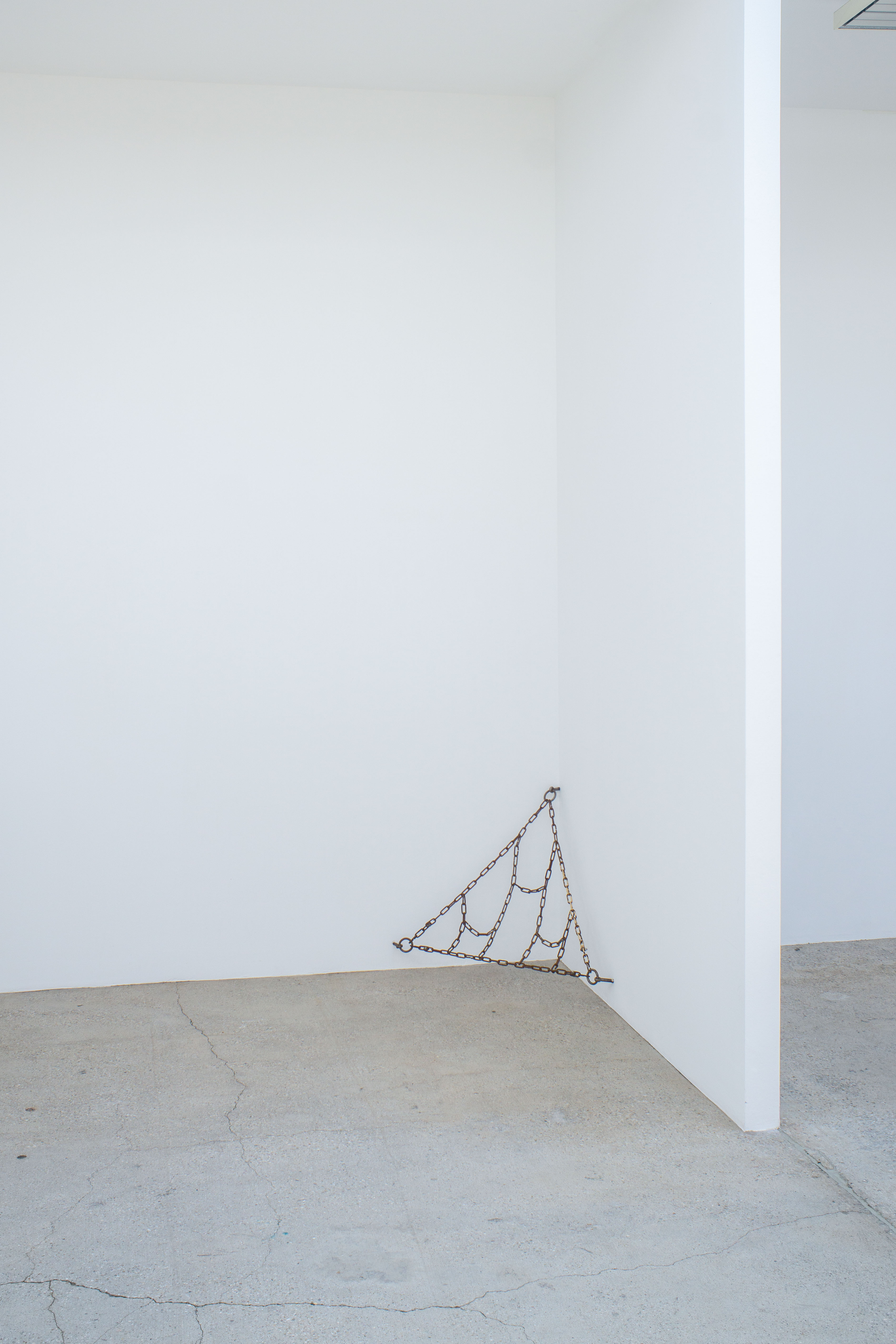
Installation view of P.P. at Studio Mathias Weinfurter, Cologne, 2022
Credits:
acknowledgement: Anna Boldt, Nora Jil Helga Langen, Nils Müller

Installation view of P.P. at Bistro21, Leipzig, 2019

Installation view of P.P. at Ruttkowski;68, Cologne, GER, 2021
Mathias Weinfurter borrows the title of his series of works P.P. from an everyday symbol of Italian-speaking areas. The abbreviation P.P. (proprietà privata) can be found on curbs, monuments, walls, gates and facades. Although P.P. does not refer to the initials of one specific person, it emphatically designates the property claims of individuals. Because, written out, P.P. unmistakably indicates private property. Similar to a nameplate on the cover of a book or on the door of an apartment, the stamp-like marking of space depries it of its common, i.e. public use. The symbolic pinning of a plaque, the set up of a sign, or the sealing off of areas with bars and chains, are synonymous with categorically criminalizing warnings to the unauthorized use of places marked as private - despite the type of their use.
Markings in spatial surroundings are not singularly conveyed in written form: often they are in the form of design. The design could be just subtle gestures that only reveal the repressive character of their surroundings upon closer analysis. It should also be noted that the violence of P.P. style places often cannot merely be determined by their design. It should rather be sought in the discrepancy between the design of a publicly declared domain and a privately declared domain. The physical barriers or borders, can often be deceitful in their message. The barriers often appear hypocritically neutral, almost as if they had to keep their blockade function a secret.
Text by Naomi Rado

Detail view of P.P. at Ruttkowski;68, Cologne, GER, 2021


Installation views of P.P. at Ruttkowski;68, Cologne, GER, 2019


Detail views of P.P. at Ruttkowski;68, Cologne, GER, 2019

Installation view of P.P. at Galleri KiT, Trondheim, NOR, 2019

Installation view of P.P. at Studio Mathias Weinfurter, Cologne, 2022

Installation view of P.P. at Bistro21, Leipzig, 2019
Credits:
acknowledgement: Anna Boldt, Nora Jil Helga Langen, Nils Müller